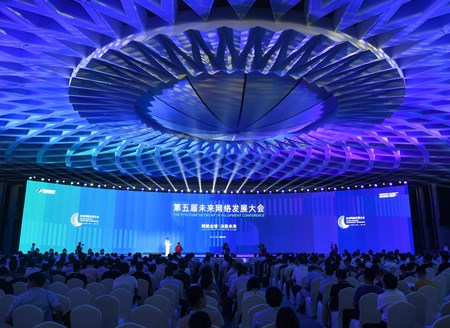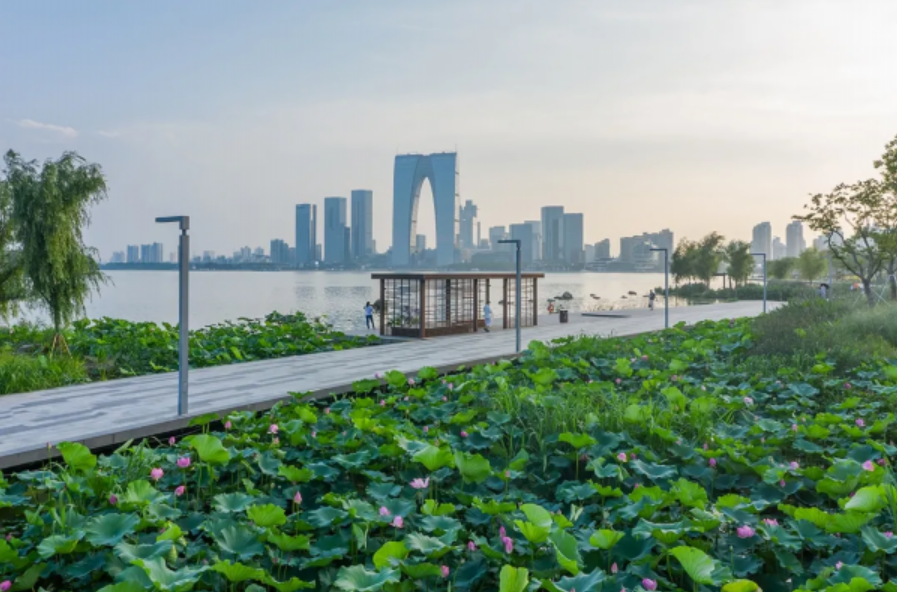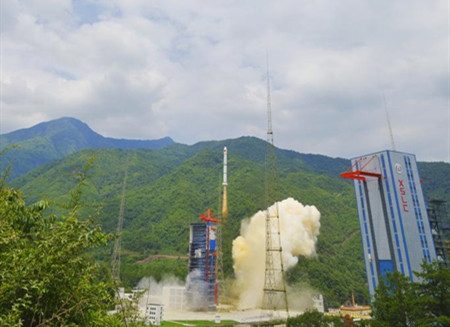
Toshio Kato, 77, lives in an old neighborhood near the Youth Middle Road in Nantong City, Jiangsu Province. He’s from Nagoya, Aichi Prefecture, Japan, and once worked as the general manager of Nantong Rikio Co., Ltd., the first Sino-foreign company that puts into production in Jiangsu. Kato has served as the general manager of seven Japanese-funded companies since he arrived in Nantong in 1980. He is also an honorary citizen of Nantong and a senior economic consultant of Nantong Municipal Government.
"It is China's reform and opening up started in 1978 that promps Japanese outdoor footwear manufacturer Rikio to think of investment in China," Kato said.
"The investment landed in Nantong, because the city has prosperous textile industry, enjoys unique advantages in equipment and raw materials procurement, and the products can also be exported from Shanghai,” Kato added.
Nantong Rikio was founded in February 1982, with a total investment of $1.42 million. It was estimated that the company might lose more than $100,000 in the first year. Instead, it not only made profits, but recovered all the investment in two and a half years.
"The Chinese side always keeps promises, delivering what they commit in the agreement, and local Nantong government also gave full support. There’s really no need to worry,” said Kato.
On May 4, 1984, Nantong became one of the 14 coastal cities to further open up. However, life was not easy at that time.
At that time, food coupons, known as liangpiao in Chinese, were needed even for a piece of steamed bread. Great changes have now taken place and everyone is used to mobile payments. “People had few things to buy before, but they can now buy almost everything at home.”
Kato remembered he often carried a net bag with him so he could buy some seasonal fruits when he happened to find some. "But now, there are so many fruits varieties available," said Kato.
"For a trip to Shanghai, an extra fuel tank on the car was also necessary because of limited gas stations on the road. The boat journey to Shanghai from Nantong was about eight hours, and as long as 13 hours to Nanjing."
Nowadays, Nantong boasts a great transport network. Suzhou-Nantong Yangtze River Bridge, Chongming-Qidong Yangtze River Bridge, and the soon-to-be-completed Shanghai-Nantong Yangtze River Bridge ensure Nantong’s link with southern Jiangsu Province and Shanghai. The passenger and logistics transport long hindered and separated by the Yangtze River have never been so smooth.
In the future, Nantong’s new airport and the high-speed railway along the north of the Yangtze River will make the city an important air transport hub in the north wing of the Yangtze River Delta. The constuction of Tongzhou Bay, a deep-water port that can handle 150,000-ton vessels is also in full swing. Nantong, the only city in Jiangsu that borders the river and the sea, is making great efforts to be a real economic center of the north wing of the Yangtze River Delta.
After retirement, Kato has been working as senior consultant at three Japan invested companies.
"I miss my family more than ever before, especially when I'm not busy," said Kato. He came to Nantong at 39, when his son was only 8 years old. As years pass by, his twin grandchildren are going to university next year.
However, the thought of leaving China also makes Kato sad. With his Chinese "green card", Kato has visited almost all provinces in China, from Heilongjiang in the north to Hainan in the south. “I hope to visit every province of China when I’m still in good health,” Kato said.
( Source: english.jschina.com.cn)






